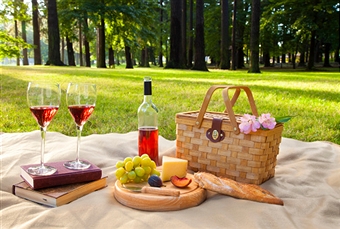Wednesday, March 20, 2013
Still Life Photography: Back To The Basics
Staring at the new resin floor we had installed recently, I decided to take photos of it. Still-life photography is one of the first lessons in any photography class and can be more difficult than you could imagine. It is easier as compared to landscape, children and pet photography but it is actually a challenge to make still-life objects interesting with your camera.
Yes, you can actually be the photographer you’ve always wanted to be and I’m going to help you become that photographer. This could be the start of one of the most exciting, fun and rewarding things you’ll ever do. However, you would need a good balance between subject matter, angles, and lighting to have a good still-life photo. Below are the things you should keep in mind to be able to accomplish that.
 1. Find inspiration from professional still-life images. Choose the ones that catch your eye and appeal to you somehow. Pay attention to subject matter, shadow and angles that the photographer used. This could help inspire your own photography.
1. Find inspiration from professional still-life images. Choose the ones that catch your eye and appeal to you somehow. Pay attention to subject matter, shadow and angles that the photographer used. This could help inspire your own photography.
2. Choose your subject or the objects you’re going to shoot. Keep the picture simple and with less objects, possibly three. Gather a variety of objects to practice taking pictures such as fruits, vegetables, flowers, books and figurines. The types of subjects you choose will vary and depend on the style you are aiming for.
3. Arrange the subjects you’re going to shoot. You may place a smaller object leaning against a larger object. If your photo subjects are books, you may stack them on top of each other. Try different angles from which to photograph.
4. Choose a nice setting for your still-life photography. If you want to use a light box to create a soft, natural look, then you should use at least two lamps; one for the strongest amount of light and the other for filler. For natural light, you may place your subjects near an open window. Remember to pay attention to shadows from the outside or from the sun. You should also opt for backgrounds that are solid or plain colored, which will not detract from your still subject.
5. Practice taking pictures with different lenses, in different lighting, with a variety of shadows, backgrounds and angles. If you’re using natural light, take photos during various times of the day until you’re satisfied with the effect.
Besides, still life photography is an extremely rewarding business since magazines, websites, and catalogues all require product shots. There are many benefits to photography which are often underestimated. Hopefully with the basics I shared with you, you’ll be creative and start taking some shots yourself!